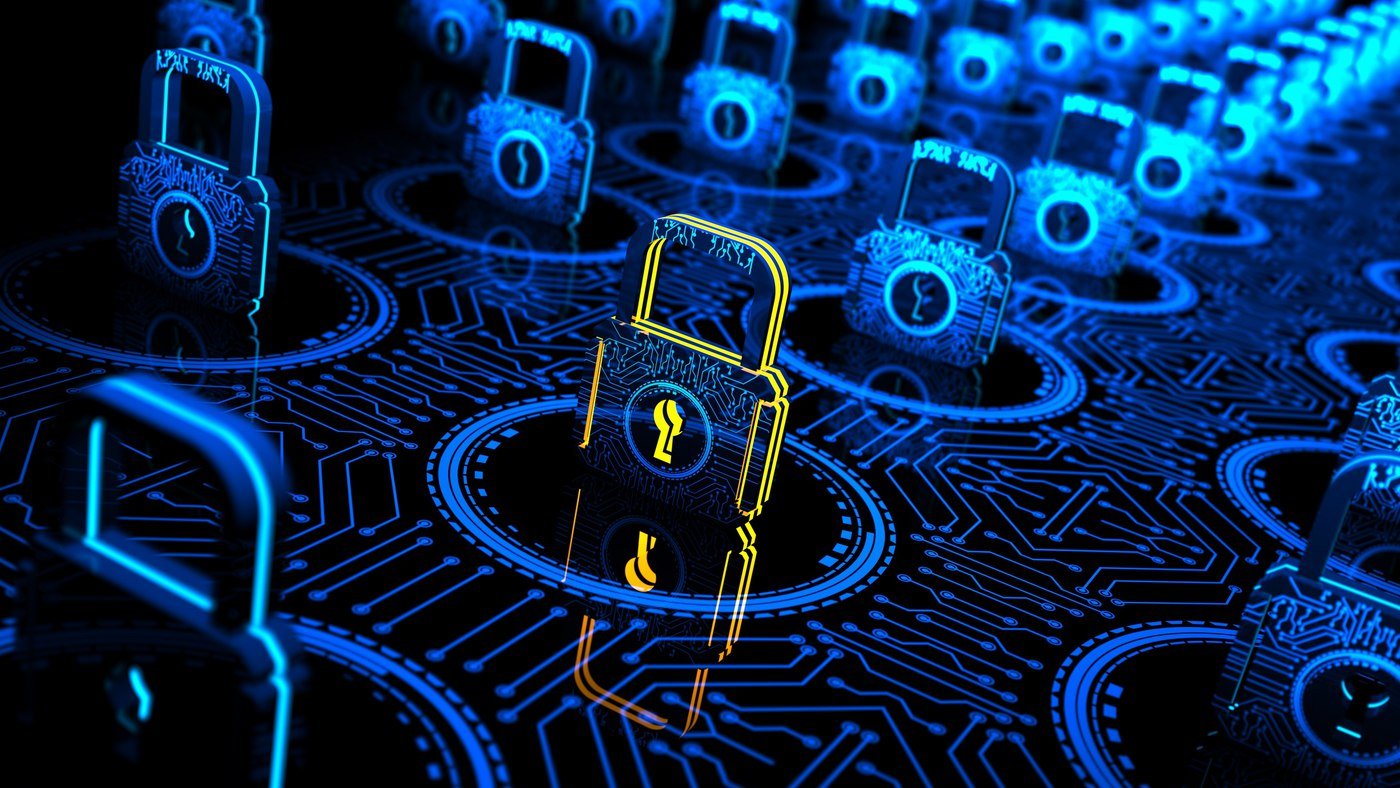Research Objectives
To gain insight into the market dynamics for integrated technology solutions from strategic partners, Enterprise Strategy Group surveyed 352 IT professionals in North America (US and Canada) involved in the purchases of integrated solutions at their organizations.
Examples of integrated solutions include:
- On-premises infrastructure such as multi-vendor converged infrastructure and data protection integrated with storage platforms.
- Infrastructure-as-a-service/platform-as-a-service such as a virtualization platform integrated with a cloud-native infrastructure service.
- Platforms/applications like APIs or other technology integrated into a broader platform or application.
- Software-as-a-service such as marketing integration with a CRM.
- Hybrid cloud like on-premises applications or infrastructure integrated with cloud services.
- Cybersecurity such as firewalls integrated with public cloud infrastructure or integrated threat intelligence.
- Data platforms and analytics like a data warehouse integrated with business intelligence.
- Services provided on top of a vendor’s product or service, sometimes from a managed services provider.
This study sought to answer the following questions:
- What is the current status of integrated solution adoption? What technologies are customers purchasing or planning to purchase, and for what use cases?
- What individuals or groups hold influence over the research, evaluation, purchase, and deployment of integrated solutions? Which individuals or groups hold the most influence?
- What are the budget plans of organizations buying and planning to buy integrated solutions?
- What are the business and technology drivers behind the purchase of integrated solutions?
- What are the KPIs or metrics that organizations expect to improve with integrated solutions?
- To what extent are integrated solutions meeting expectations for drivers and KPIs?
- From where do organizations procure integrated solutions?
- What challenges do organizations encounter throughout the research, evaluation, purchase, and deployment phases of integrated solution acquisitions?
- When do organizations learn about integrated solutions when seeking technologies for certain use cases?
- What sources do organizations use when researching integrated solutions?
- How does the evaluation of integrated solutions compare with the evaluation of standalone technologies?
- Do organizations also examine standalone technologies when seeking to meet requirements for certain use cases?
- How do integrated solutions impact customer perceptions of the vendors involved with them?
- To what degree does a relationship with one or both of the vendors affect selection and ultimately success?
Survey participants represented a wide range of industries including manufacturing, technology, financial services, and retail/wholesale. For more details, please see the Research Methodology and Respondent Demographics sections of this report.

 Taking inspiration from the words of Helen Keller, “Alone we can do so little; together we can do so much,” the theme for RSA Conference 2023 is “Stronger Together.”
Taking inspiration from the words of Helen Keller, “Alone we can do so little; together we can do so much,” the theme for RSA Conference 2023 is “Stronger Together.”